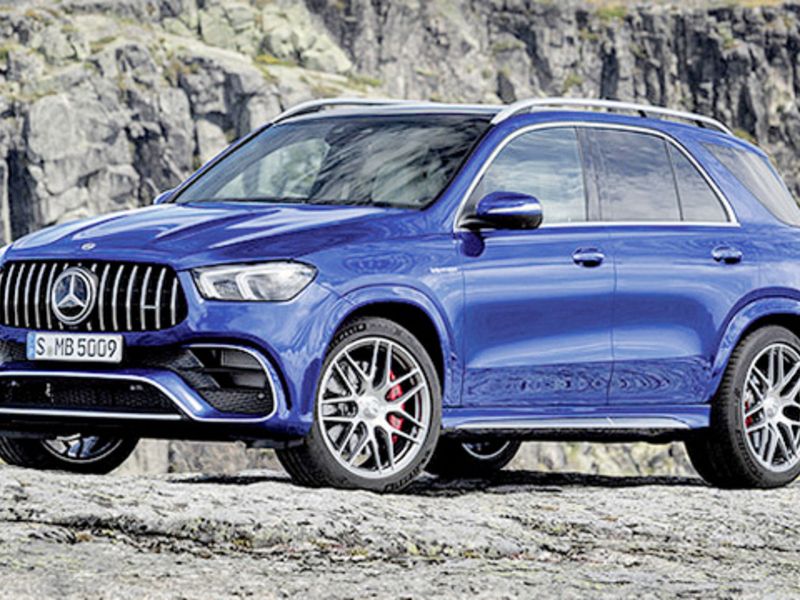
U.S. luxury auto sales stirred to consciousness last month after having been KO’d by the coronavirus pandemic early this spring.
While results for the April-June quarter look grim, with the segment tumbling 31 percent from a year ago, June heralded a brisk bounce back from the global economic crisis. The segment sustained only a 5.5 percent year-over-year decline for the month, J.D. Power data showed.
At the end of June, luxury brands accounted for 12.9 percent of total U.S. industry sales, according to the Automotive News Data Center. That’s up from a 12.7 percent share midway through 2019, a record year for premium sales.
And the momentum continues to grow. For the week ending July 5, premium retail sales were 11 percent above the pre-virus forecast, compared with 8 percent above in the prior week, J.D. Power reported.
April was a grisly month for premium brands, with sales cratering by nearly half from the prior year, and major high-end retailing hubs such as Los Angeles and New York shuttered by the health emergency.
Luxury-brand customers, 55 percent of whom lease vehicles, stayed out of the market during March and April, sometimes by extending their contract with a phone call, said Tyson Jominy, vice president of the Power Information Network at J.D. Power.
But those customers are now returning to premium-brand stores as the warranty coverage on their vehicles lapse.
“Consumers could indefinitely extend their leases that were due in March and April, but they don’t want to be responsible for maintenance of a vehicle outside of warranty,” Jominy said.
Propelled by strong demand for its core crossovers, Mercedes-Benz extended its lead over rival BMW in the U.S. luxury sales race.
But premium brands still have a ways to go to recuperate from the bloody quarter, and first half. Every luxury brand reported double-digit declines in the second quarter as demand evaporated and showrooms shuttered for weeks.
“From April to June, the effects of coronavirus had a strong impact on our deliveries in Europe and North America,” Mercedes-Benz global marketing and sales chief Britta Seeger said in a statement last week.
Mercedes delivered 59,461 vehicles, excluding commercial vans, in the second quarter, down 22 percent from a year ago. The GLE crossover led totals with 9,500 sales, followed by the flagship GLC SUV with sales of 9,461.
But Mercedes is making sure to avoid a repeat of last year when BMW ended Mercedes’ three-year streak at the top of the luxury sales chart. For the first six months, Mercedes had a nearly 16,800-vehicle lead over its rival.
BMW sold 50,957 vehicles in the U.S. in the second quarter, down 39 percent from the same period a year ago. BMW’s quarterly sales were buoyed by additions to the 2 Series and 8 Series sedan lineups.
In the luxury market, Lexus’ U.S. sales fell 27 percent in the second quarter to 50,456. Tesla deliveries tumbled 34 percent to an estimated 36,800; Audi rounded out the top five with 34,843 sales, down 35 percent from a year earlier.
As economies and dealerships reopen, automakers remain hopeful for the rest of the year.
“Our customers’ interest in buying is high and we have been receiving very positive feedback on the numerous online activities of our global dealers,” Seeger said. “That is giving us grounds for optimism with regard to the sales trend in the third quarter.”